
Photo tour in Azores, Portugal
Join us in the Azores for a unique photo tour, where you’ll elevate your creative skills with expert guidance from Ronald Soethje, Bruno Ázera, and Nomadict.
Isak studied a degree in contemporary circus and pursued a career as a professional circus acrobat. However, photography and film have caught his attention from early on as well. Today, as a full-time photographer, he applies all practices he learned through capturing acrobatic performances to his beautiful landscape shots.
I come from a family of artists; my mother is a theater teacher, my father a guitarist, and my brother a pianist. Growing up we were constantly going to see shows, plays and concerts and during my childhood, I tried many art forms. Acting, dancing, painting, drums… One day we went to see a contemporary circus show in my hometown of Järna. I was utterly spellbound by the performance and ended up taking classes in acrobatics. Starting high school I joined a program specializing in circus and eventually, I ended up at the Stockholm University of the Arts to study for a Bachelor’s degree in contemporary circus. In university, we spent countless hours studying and applying the concepts of dramaturgy, physical movement, and composition that make a great stage performance.
Photography was another form of art that captured my attention at a young age. I remember when I was really young, maybe 5 or 6 years old, I got a disposable camera for Christmas. Of course, I had no idea about how photography worked, but I loved the feeling of taking a photo, handing the film into a lab, and then the anticipation of seeing what I had captured. That feeling never left me.
A few years later, one of my friends got a mobile phone with a camera. You could record video to it and by “pausing” the recording you could effectively create real-time edits. We could spend hours creating silly little skits with that phone and luckily my mom recognized the passion I put into these videos and eventually she got me a tiny point-and-shoot camera. I was so happy! I was also introduced to iMovie and from there I never looked back.
Photography and filmmaking would remain a hobby for many years, but I didn’t start taking it seriously until I was much older, because of my career as a professional circus acrobat that I was pursuing.
However, my interest in photography was always present in me and I soon started to do some work on the side for my colleagues. I made trailers for shows, posters, and press photos for other artists and companies. Using knowledge of stage lighting, physical movement, timing, and dramaturgy I started playing with creating images that could capture the emotion of the performance. Eventually, I started to find this knowledge useful for other genres as well because even though I truly do love working with artists and actors, my true passion has always been photographing and filming something else – something that, similar to photography, has followed me through my whole life. Travel.
As a child, we traveled a lot. My mom was a backpacker in her youth and she always made sure that the family got a chance to see new things. I still go on trips with her to this day. But it also sparked a passion to go out and explore by myself. I would go on many adventures with friends during high school and the camera was always with me. In 2019, I left to go on my first big solo trip. I went all around the globe during a 6-month period and that experience truly cemented traveling as a crucial part of my life. Since that trip, I’ve taken every chance to go for an adventure.
Coming home from my travels I couldn’t stop thinking about photo and film projects; it completely took over all of my creativity and it led me to decide to convert my hobby into my work. I put the circus on the back burner and applied to film school. I got in and just recently graduated. Now I’m working as a full-time freelance photographer and filmmaker and next year I’m planning to be back traveling full-time as well.
To get where I’m now, there are a few lessons I had to learn and although there are probably many more for me to learn, the ones below have made a huge difference to me:
If you’re not lazy, you’ll be able to live the way you want to (kind of). I think there’s nothing more valuable than doing something that you love. And for me, happiness comes down to just that. I’d rather spend all my time on something that I am passionate about, even if it comes with uncertainty. I think the freedom gained from doing your own thing far outweighs the security of a conventional job. Of course, you have to work hard, but as long as that work is fulfilling and as long as it allows you to do what you want with your life, it’s all worth it.
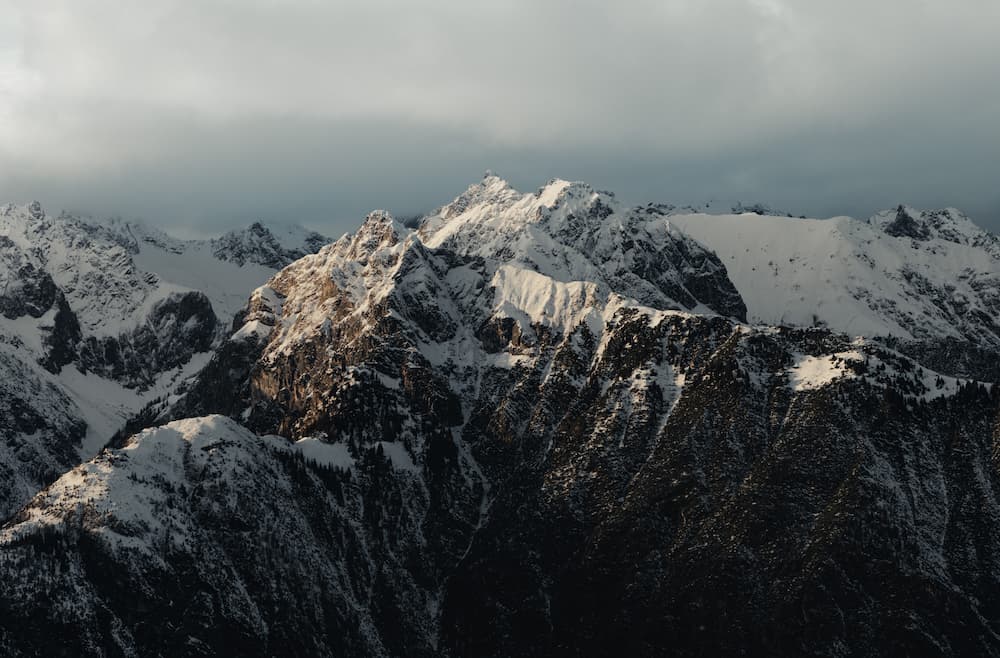
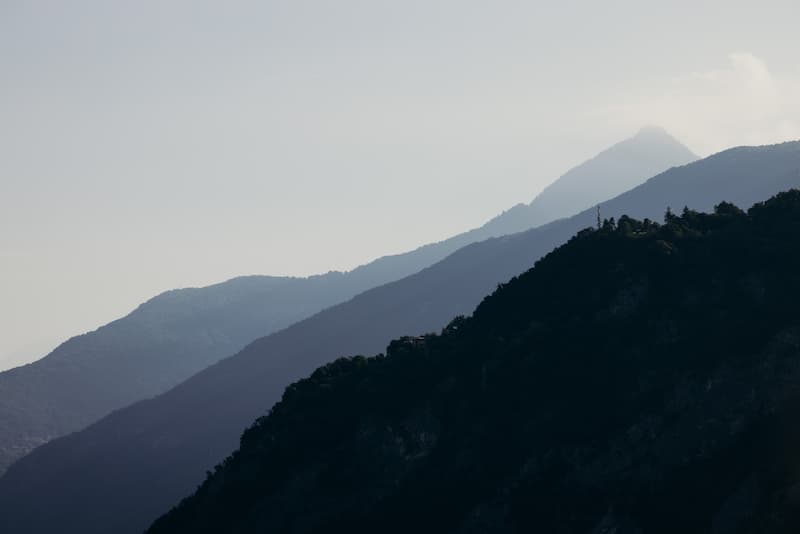
Always keep learning. It’s fun to learn new things. The feeling of finally understanding something you struggled with is hard to beat. And the satisfaction you gain from seeing your work improve through conscious practice is a great motivator. It also increases your confidence when working with clients.
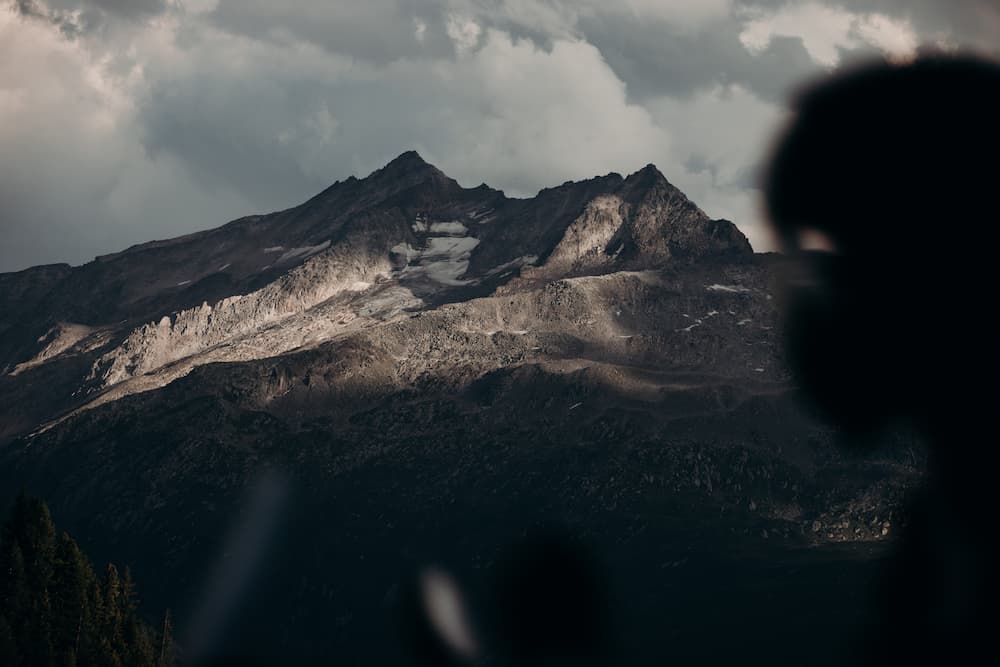
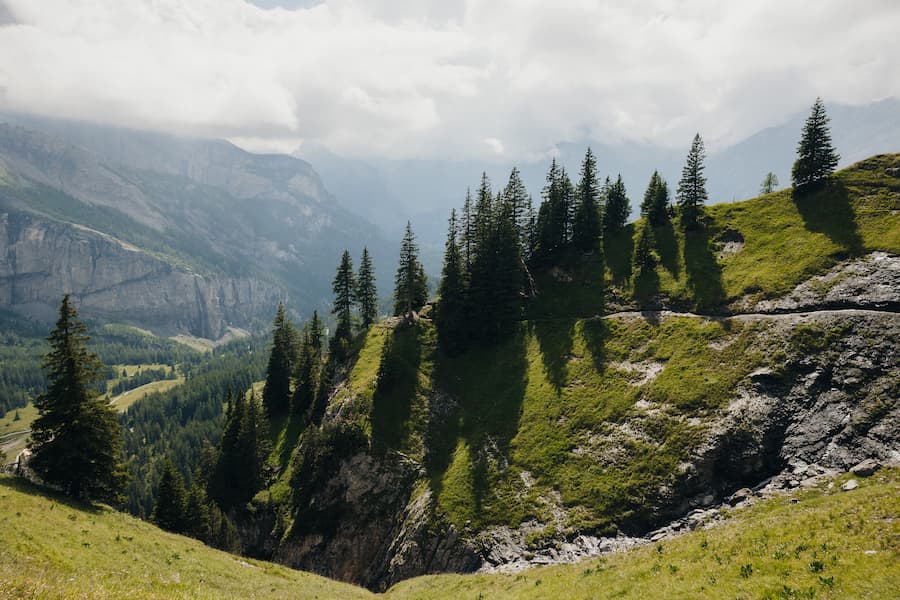
Dare to take on (slightly) more challenging tasks than you think you can handle. Setting a high standard for yourself and saying yes to tasks you find slightly frightening really builds confidence over time and improves your problem-solving abilities.
Embrace your own style. Sometimes what you like isn’t necessarily ”by the book”. But photography is an art form. And you’re the artist. There’s great value in knowing the conventional way and old-school knowledge is extremely important, but it’s equally as important to find what you’re good at, what you enjoy, and what inspires you. Even when it bends the line between correct and “incorrect”.
Things like the importance of light quality, shape, color, and strength as well as finding that split second of a moving subject that best represents the scene has helped me to capture candid yet visually stronger images overall. The next most important impact on the type of images I create is my love for the great outdoors which takes me to remote places, in the pursuit of powerful stories and inspiring visuals.
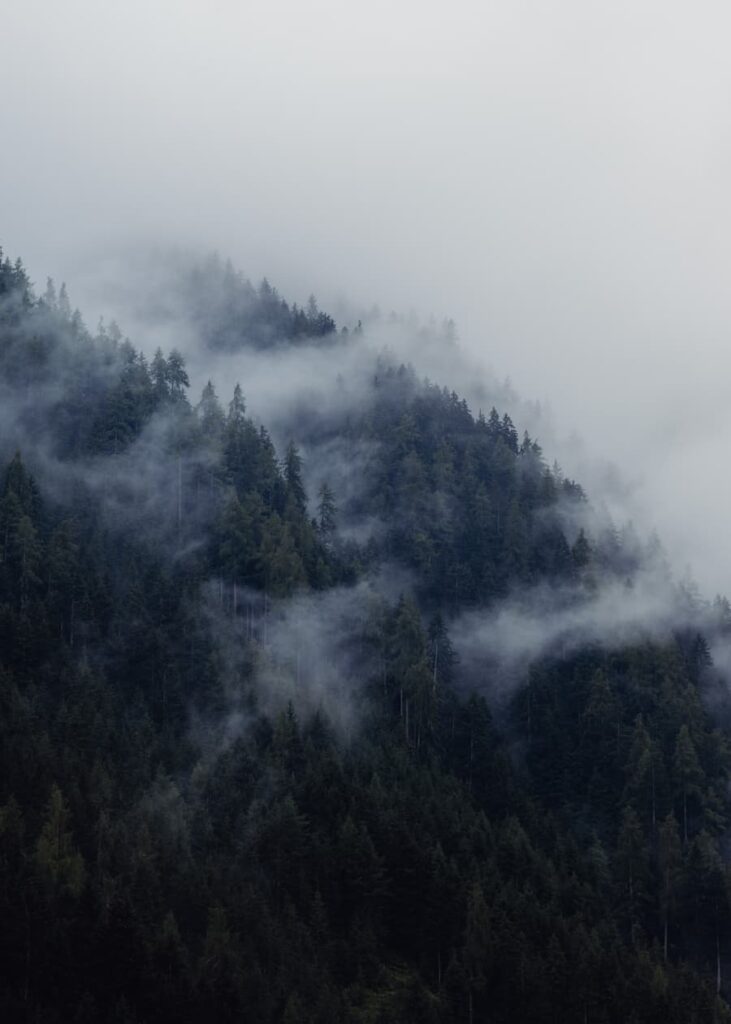
I can still remember the first time I realized the true scale of mountains. I had been to Greece and our return flight got canceled because of the volcanic eruption in Iceland. All flight traffic was grounded because of the ash cloud. Our only way home to Sweden was by bus. We started driving and eventually, we reached the alps. I couldn’t believe my eyes. One of the hardest things to capture in a picture is the true feeling of how incredibly huge the mountains are. I still get that feeling every time I return to the mountains; I’m awestruck every single time and I’m always looking for my next opportunity to go back to higher altitudes. The way they tower up to the sky, how the weather can be seen moving in and out between the peaks, the haze slowly revealing the next cliff face, and the tall shadows mixing with golden reflections in the snow during sunset. It’s hard not to grab the camera!
Once I did the sunrise hike to Roys Peak in New Zealand. It might not be the most extreme outdoor adventure, but it truly reminded me of the value of great light and good conditions. Getting up early, hiking up a mountain, and waiting for the sun to start painting out the landscape around you is definitely worth the lack of sleep.
Showcasing the importance of light and great conditions can be done with a photograph taken at the simplest location; one just 5 minutes from where I live. Usually, you’d see just a brown, boring and dull-looking field with some trees scattered here and there. Especially in November, it looks incredibly boring. But, I had noticed the spot and I was waiting for the right conditions. I wanted a clear sky in golden light paired with a fine and low-hanging haze. One day, I looked out the window while working on my computer and saw a fine fog slowly rising from the ground. Without hesitation, I grabbed my camera, went straight to the spot, and waited for the sky to turn orange. In my opinion, it created a really nice atmosphere, I was inspired by a more cinematic/film-style look and the conditions allowed it to turn out just the way I wanted, turning a flat and boring scene into something very atmospheric.
A second image from the same spot also incorporates a car passing by with a slow shutter speed. I like the motion of the car and placing it going out of the frame adds an extra layer of mystery and intrigue, further strengthening the mood of this scene.
In summary, the following are the key components of a great landscape photograph, starting with light to continue with what I said just above:
(1) Light. I believe that you can take a great landscape photo in all conditions. It all comes down to what you choose to focus on. During bright daylight, you might not be able to get the same vibrant and or moody photos as you can at sunrise, sunset, or on a foggy day, but maybe you can focus more on something like the harsh shadows, embracing the conditions you have and change your composition accordingly. In any case, being conscious about how light affects your image is crucial.
(2) An intriguing subject. This is very much part of any photographic composition. It could be a road, river, mountain peak, lake, tree, or person placed in the landscape. Maybe it’s just a nice pattern in the landscape that acts as your subject. The purpose of the subject is to give some sort of visual interest and focus.
(3) Layers. A great tool in landscape photography is layers. Utilizing foreground, subject, and background. It doesn’t necessarily mean putting ”more” into the image. I’m a big fan of minimalistic composition. But using something that gives context to position and scale or that leads the eye to the point of interest can be very helpful. Maybe it’s the clouds revealing a mountaintop or greenery framing a river.
(4) Colors and textures. Using color theory can be incredibly helpful. Sometimes it can help just to pull the hues of colors closer together while editing to make the image feel less messy or using complimentary colors to create a pleasing look. Bringing in or out textures can also really affect how your image is perceived.
Following point 4, I can show a before/after of a photo I really like and that really shows my style too. I’m a big fan of minimalistic compositions. Sometimes that means completely recomposing and reframing photos in post-production. This photo was taken in Switzerland while on a hike. I always look to the horizon while I’m in the mountains, especially when the mountain tops are covered in clouds – some of my favorite images have happened when the clouds temporarily separate to reveal a small section of the mountain, so I never forget to look far! It creates a mysterious vibe and a natural frame that also simplifies the composition to a more minimal style. When I saw this peak emerge far off in the distance I changed to my telephoto lens and zoomed as far in as I could. This is what I did to the photo while editing in Lightroom:
(1) I cropped the image, centering the peak
(2) I added my basic adjustments: a heavy contrast curve, some basic HSL, etc…
(3) I really wanted to increase the drama in the photo so I started working on shaping the light using gradual filters, brushes, luminance intervals, and radial filters. I darkened the clouds a lot and brought texture into the cliff/snow.
(4) I added a deep blue tint to the clouds and shadows as well as some pink/orange hues to the snow and highlights.
(5) I sent the photo over to Photoshop and added some edge contrast and fiddled a bit with the color contrast.
(6) Back in Lightroom I finally added a tiny bit of grain to even out the photo.
Another photo, similar to the before/after image above that I explained, that I took during the 30-second window where this giant emerged between the clouds, could be called my all-time favorite. This time I used the concept of negative space to really isolate the subject in the middle of a white ocean of clouds. The photo is special to me since it’s the first image that I ever got published in a printed photo magazine.
Being published is a beautiful experience that gives hope and confidence. This is meaningful because gaining confidence as a photographer is hard. Many of us constantly compare ourselves to others and for every win, we find a hundred things we could have done better. I struggled with this a lot, a mixture of imposter syndrome, awareness of my own weaknesses, and comparing myself to amazing photographers has limited me many times. One experience really gave me a chance to value my own journey in a new way and helped me view everything differently, contributing to my growth and feeling more free as an artist: I worked as a volunteer at a surf camp in Costa Rica, photographing the life of the guest and other volunteers for a month. During this time I met so many incredible and supportive people… I got a chance to challenge myself and to really focus all my time on learning new things. The appreciation from new friends and trust from organizers really allowed me to grow both personally and professionally and when I left I definitely had a new sense of confidence. The experience also set me further on the course to evolve my travel photography, realizing its potential.
I’m on a nice track with my work and in 10 years I hope to see a portfolio full of inspiring images and films from all over the world. I want them to inspire others the same way I’ve been inspired by so many other photographers and filmmakers. Stories are powerful and I hope to perfect my storytelling abilities and create photos and films that are relatable and impactful to the people viewing them. I also want to keep working with my many amazing and talented friends as well as expanding my creative family.
To get there I strongly believe that just going for it is the way to go. Keep practicing, seizing opportunities, and surrounding yourself with people that inspire and push you forward. Stay curious about the world and don’t forget to enjoy the journey.

Join us in the Azores for a unique photo tour, where you’ll elevate your creative skills with expert guidance from Ronald Soethje, Bruno Ázera, and Nomadict.

In this article, Forest shares how years of chasing scale, silence, and raw landscapes shaped his approach to photography, from the deserts of Kazakhstan to the volcanic ridges of Iceland. He talks about how he uses light, texture, and vast negative space to create images that feel both intimate and overwhelming.

Simon shares the journey behind his photography, from early inspirations to field techniques, editing, and the story of the winning shot that shaped his path.

In this article, Miro shares how his love for cinematic music evolved into a deep passion for photography and how he uses light, color, and atmosphere to turn the streets of Prague into living film scenes.

In this article, Stefanie reveals how her background in physics sparked her passion for astrophotography and how she blends science with creativity to capture the beauty of the night sky. Readers will discover her approach to color, contrast, and editing, as well as her aurora photography workflow.

Spanish photographer Yhabril captures the profound connection between humans and the mountains that shaped him. Growing up in the Pyrenees, his work bridges outdoor sports, landscapes, and celestial scenes — often blending athletes, moonlight, and wilderness into striking visual stories.

In this article, Ariane shares how photography helped her navigate personal challenges, connect authentically with people and animals, and develop a philosophy rooted in empathy and artistic freedom. Readers will also discover her ethical approach to wildlife photography and her trusted equipment for both camouflage techniques and cameras.
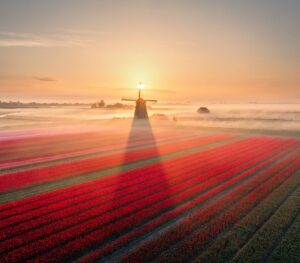
Discover how to photograph Dutch tulip fields in their most magical light. From choosing the right gear and lenses to mastering composition, color, and aerial perspectives, this guide shares creative techniques to capture the beauty of the Netherlands’ tulips. Learn how light, color grading, and proportion bring emotion into every frame.
